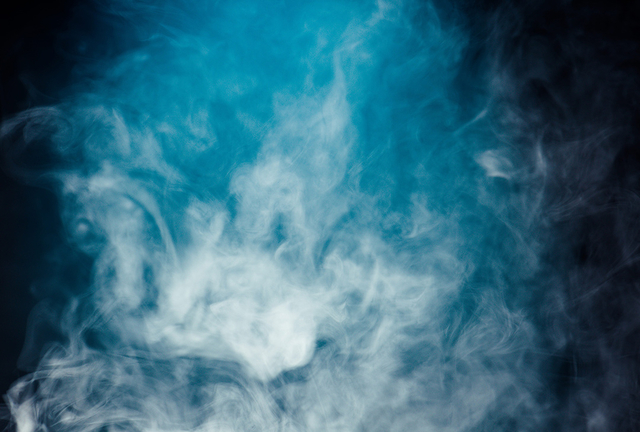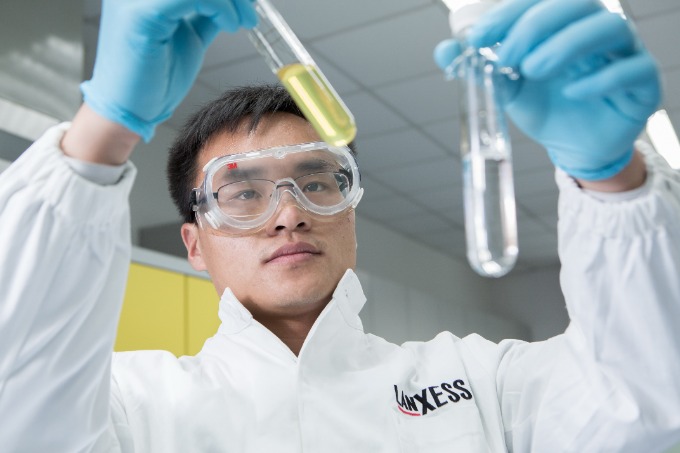All Anderol® lubricants are tested for their evaporation loss in percentage loss at 100 degrees Celsius for a duration of 22 hours. The lower the loss percentage, the better the performance of the lubricant.
Mineral oils have a higher evaporation loss than semi and full synthetic lubricants, which means that when using a semi or full synthetic lubricant you don’t have to top up the oil level as often as when using mineral oil. They also leave fewer deposits behind which can damage your machinery. Importantly, besides the economic benefits of cleaner machinery and using less oil, it is also better for the environment if you’re producing less waste oil.
The volatility of a lubricant is the property that defines its evaporative loss characteristics. The more volatile a lubricant is, the lower the temperature at which smaller hydrocarbon molecules will be driven off or evaporated. The loss of smaller hydrocarbons from the oil can increase the viscosity especially at higher temperature application. The more volatile the lubricant is, the greater its flammability. The oil film could break on the cylinder resulting in wear as well as increase oil consumption.
Below are some examples of how Anderol® synthetic lubricants perform in comparison to standard white (mineral) oils.
Evaporation percentage loss at 100 degree Celsius test samples at 46 Viscosity
White oil ISO VG 46: 7.80
Anderol® S-46: 1.32
Anderol® 3046: 0.44
The results speak for themselves. Give us a call to find out more. We’d love to hear from you.
.




